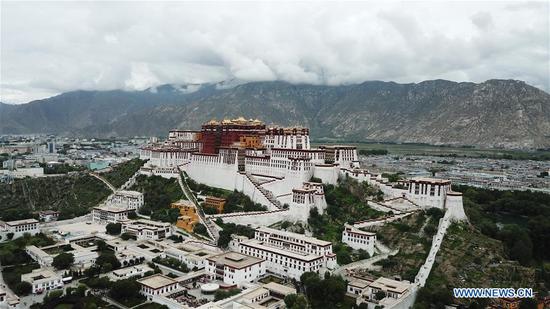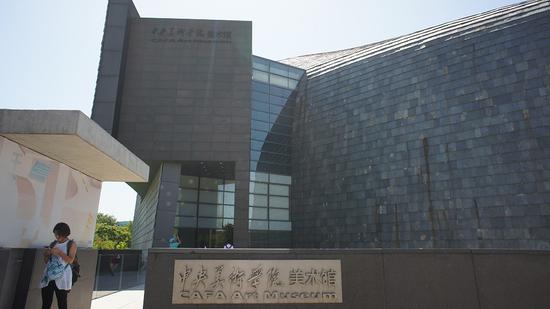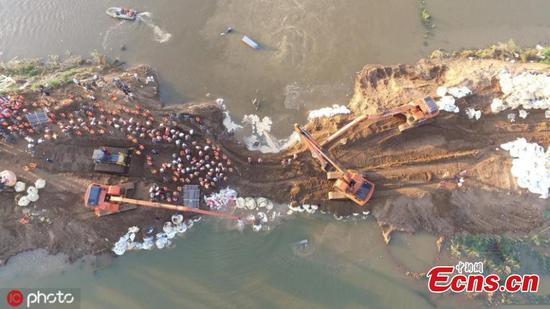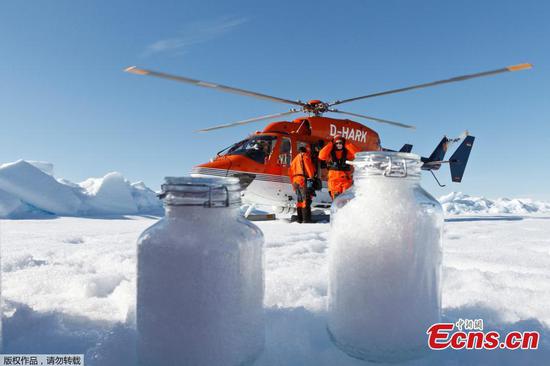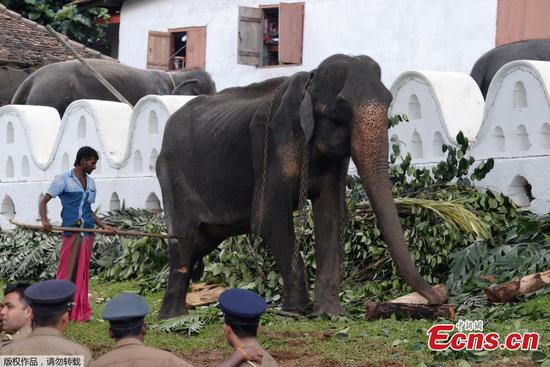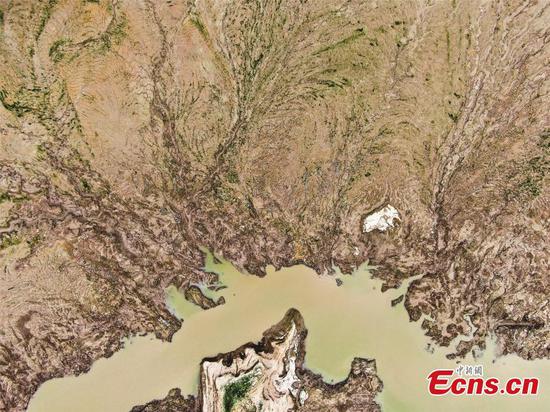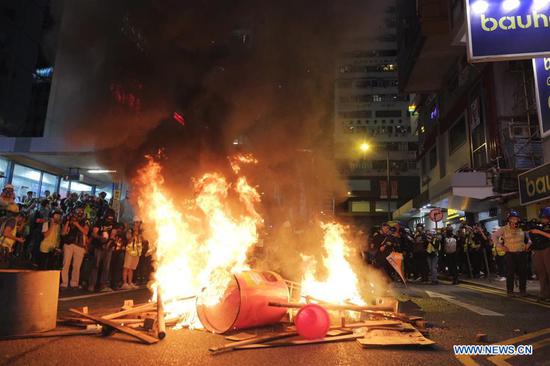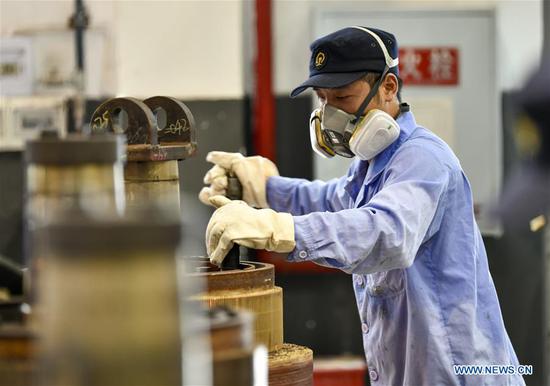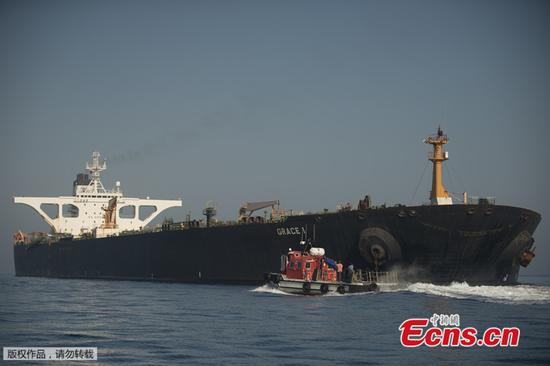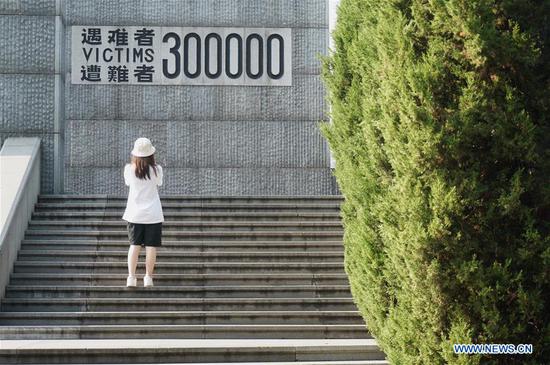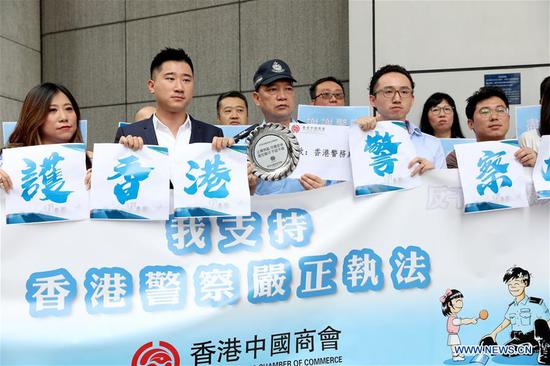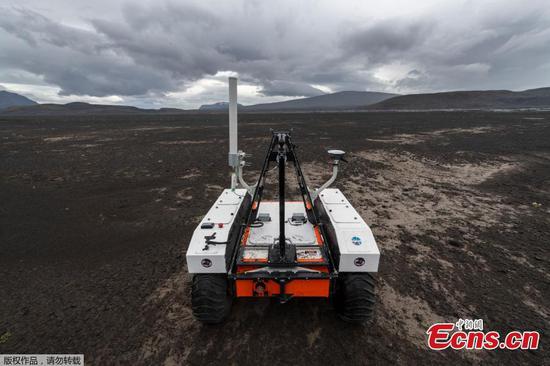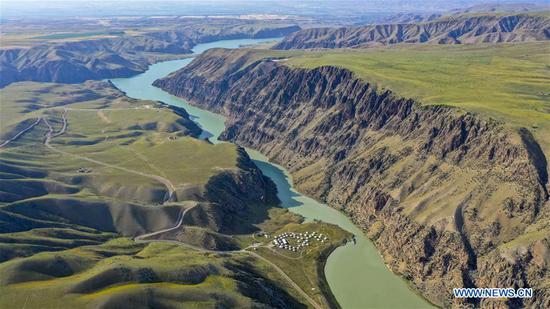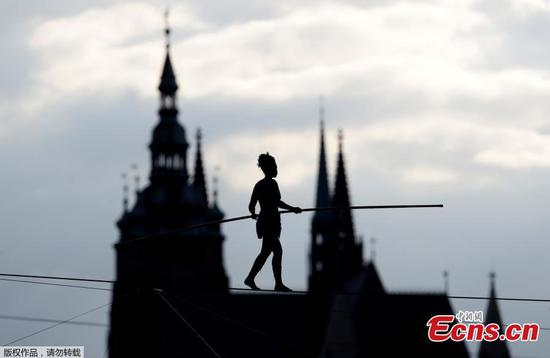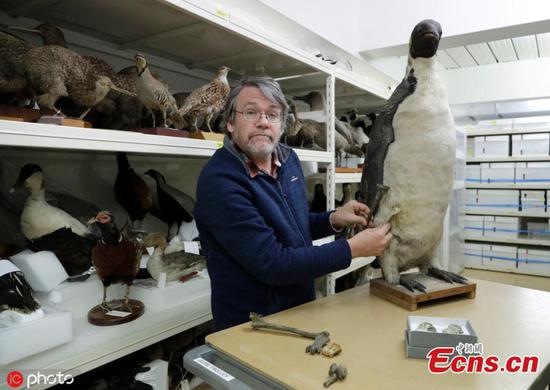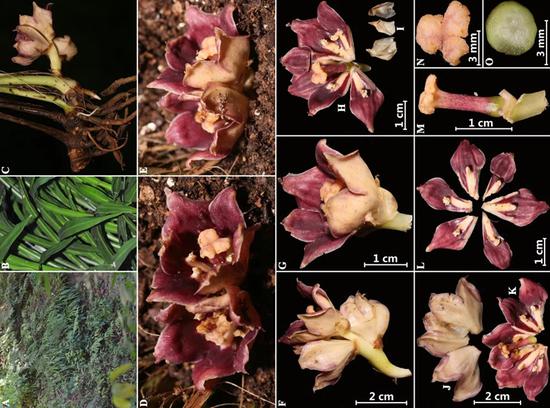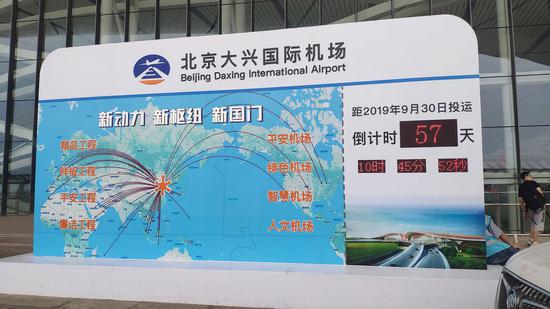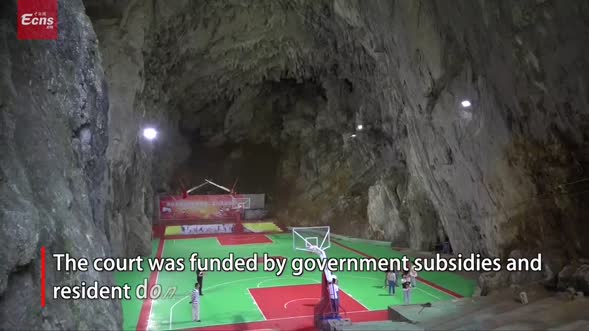Although signs of moderation prevail in the world's economic landscape, analysts remained confident about China's growth prospect with effects of the government's pro-growth measures filtering through.
The country's industrial output, retail sales and fixed-asset investment continued to expand in July, but at a slower pace, according to data released Wednesday by the National Bureau of Statistics (NBS).
Despite fluctuation of certain indicators, the economic performance has been generally stable and within a reasonable range, NBS spokeswomen Liu Aihua said at a press conference.
The July data were affected by seasonal factors such as adverse weather and one-off effect such as payback in auto sales and production after a strong June due to the new emissions standards that came into effect in July.
In breakdown, Wednesday's data also showed the country's economic rebalancing and industrial upgrades continued apace, injecting vitality into the economy.
Excluding auto sales, retail sales rose 8.8 percent last month, holding steady with that in June. The output of high-tech manufacturing expanded 8.7 percent year on year in the first seven months, 2.9 percentage points faster than the growth of overall industrial output.
New growth drivers are prospering and taking up a larger share in the economy, representing the potential for longer-term growth, according to Liu.
The outcomes came as the country managed to cope with multi-challenges ranging from lingering trade tensions, containing domestic debt levels, avoiding big swings in financial markets and shifting the focus of its economy to high-productivity and high-value industries.
Fully aware of the downside risks, the government has put in place a slew of measures, including large-scale tax cuts and fee reductions, increasing issuance of special government bonds and incentives to boost employment.
The pro-growth measures would gradually take effect and underpin the economy, Liu said.
An uptick in the manufacturing purchasing managers' index in July and accelerating growth of excavator sales, a barometer of infrastructure investment, added evidence for economic resilience.
Instead of resorting to flood-like stimulus policies, the country has focused on incentives to boost market vitality and bolster internal strength of the economy, Liu said.
According to the Ministry of Finance, the new tax cuts and fee reductions have saved businesses by around 1.17 trillion yuan (about 166.4 billion U.S. dollars) in the first half of 2019.
For targeted financing support of the real economy, the country also lowered the reserve requirement ratio (RRR) to support private as well as micro and small enterprises.
Analysts expected the government to roll out more policy easing, but no large stimulus in the second half of the year.
UBS economist Wang Tao said the government might lower the RRR by 100 more basis points in the H2 and provide more financing support for infrastructure investment.
The central bank may also guide the inter-bank market rates down by 10-20 basis points around the time of further Fed rate cuts, Wang said.
CICC analyst Liang Hong said there is room and necessity for monetary policies to loosen in the H2, while other growth stabilization effort may include promoting infrastructure investment growth and boosting consumer demand.
To boost domestic consumption, Meng Wei, spokesperson of the National Development and Reform Commission, said Friday that the country was working on an action plan for 2019-2020 to ensure reasonable increase of residents' incomes.









